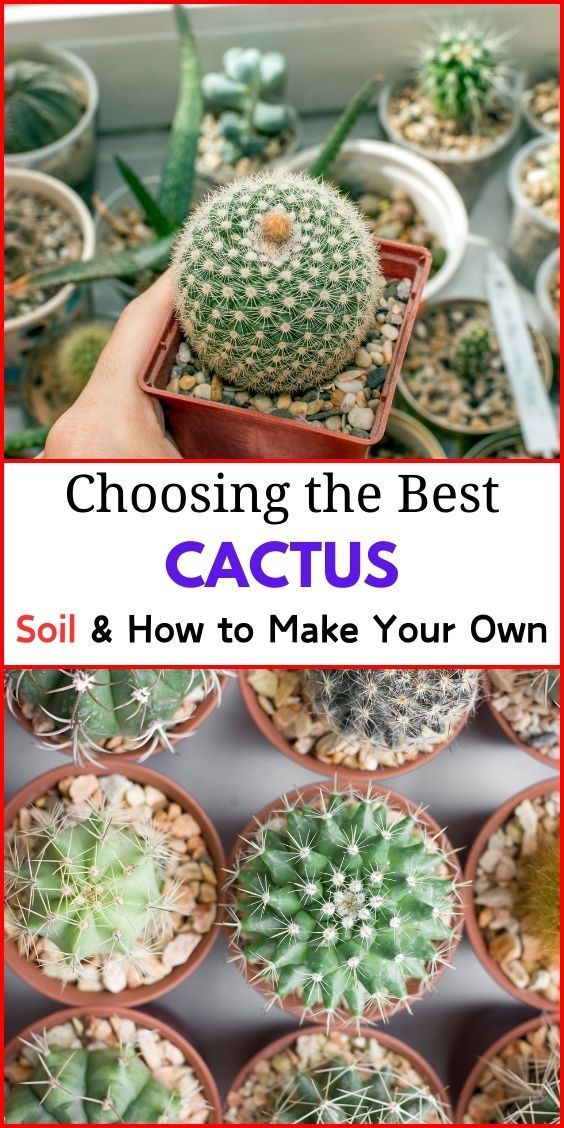When it comes to cultivating cacti, one of the most prevalent questions arises: What kind of soil do these resilient plants truly require? The quest for the ideal soil mix for healthy cactus growth can seem daunting, yet it is vital for every cactus enthusiast. Understanding the unique needs of these succulents can help ensure splendid growth and a thriving indoor jungle.
Why is it that so many growers struggle to find the right medium for their prickly green companions? The challenge often lies in the distinctive characteristics of cacti, which differ markedly from those of traditional houseplants. Cacti thrive in arid environments, so replicating these conditions in your soil is essential for their well-being. Let’s delve into the specifics of cactus soil composition, exploring what makes the perfect blend to promote their health and vibrancy.
The cardinal rule of cactus cultivation is to prioritize well-draining soil. But what does that mean exactly? The ideal soil mix for cactus should facilitate quick drainage while retaining some essential moisture. A balance of both factors ensures that the roots do not succumb to rot while also allowing access to necessary nutrients.
To achieve this perfect balance, a cactus grower should consider three fundamental components:
Organic matter is essential because it provides nutrients and supports microbial activity. However, in the realm of cacti, excessive organic material can lead to moisture retention, ultimately posing a risk of root rot. Therefore, incorporating a small percentage of organic matter—ranging between 10% to 20%—is ideal. Options like coconut coir and decomposed leaf litter can be effective choices to enhance nutrient availability without compromising drainage.
Next comes the mineral component, which is crucial for creating a robust soil structure. Coarse materials such as perlite, pumice, or coarse sand are indispensable. These gritty substances prevent compaction and facilitate airflow around the roots. A good rule of thumb is to aim for a soil mix that incorporates at least 50% mineral content. This ensures not only aeration but also optimizes drainage, which is a crucial aspect of cactus care.
Finally, let’s consider the aggregates. This aspect further bolsters drainage and prevents clumping. Using a mix of larger particles, such as gravel or expanded clay pellets, can improve soil tilth and maintain the integrity of the structure over time. Cacti benefit greatly from a blend that includes around 20% aggregates. Depending on the species and environmental conditions, adjusting this ratio can lead to improved growth patterns.
With those key ingredients in mind, let’s introduce a potential challenge that many budding cactus growers face: customization of the soil mix. While a general recipe can serve as a baseline, various species may have specific needs that require a tailored approach. Are you aware that certain cacti flourish better in significantly drier conditions than others? This means that some might need a mix with even more drainage capabilities, while others can tolerate slightly more moisture-retentive components.
To illustrate, the beloved Echinocactus (barrel cactus) appreciates a drier and more gritty environment compared to more moisture-sensitive varieties like the Opuntia (prickly pear). Tailoring the soil mixture with these factors in mind ensures the best potential for healthy growth.
Understanding your cactus species and their natural habitats will help guide your soil choices. Consider the natural environment: for example, many cacti thrive in rocky soils with minimal organic matter and high mineral content. Mimicking these conditions promotes successful cultivation and growth.
When contemplating pots for your cacti, drainage holes are non-negotiable. While the type of soil used is paramount, the choice of plant pot affects moisture retention and airflow significantly. A pot with adequate drainage allows the excess water to escape, preventing the roots from wallowing in soggy soil.
Cactus growers frequently find joy in customizing their soil blends, and this joy is magnified when they see the results of healthy plant growth. However, beware of pH levels within your soil. Generally, cacti prefer slightly acidic to neutral soils, with pH levels ranging from 5.5 to 7.0. Monitoring this factor is essential for fostering the best nutrient uptake and overall health.
One last consideration is the impact of potting soil purchased from the store. While many commercial cactus-and-succulent mixes contain beneficial components, they can often be overly moisture-retentive or lacking mineral content. Always consider augmenting store-bought mixes with additional pumice, perlite, or coarse sand to achieve the optimal drainage qualities needed for cacti.
In conclusion, the journey to determine the ideal soil mix for cacti is fraught with exploration and experimentation but is ultimately rewarding. By understanding the intricate balance of organic matter, mineral content, and aggregative materials, along with considerations for drainage and environmental specificity, any cactus aficionado can cultivate a stunning display of healthy, thriving plants. Will you take the challenge to personalize your cactus soil mix and unlock the full potential of your green companions? The success of your cacti may just depend on it.





Leave a Comment